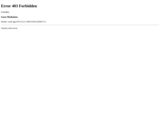
Reopening plan with information for students, parents and staff
- Subject:
- Cross-Curricular
- Material Type:
- Reading
- Date Added:
- 09/03/2020

Reopening plan with information for students, parents and staff

Information for students, teachers, and community
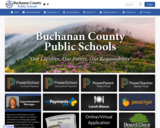
Find links to various pieces of information for Fall 2020 reopening
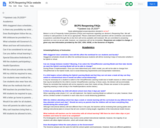
Various FAQs related to reopening Fall 2020. See plan as link from https://www.bcpschools.org/cms/One.aspx?portalId=71820&pageId=27344006
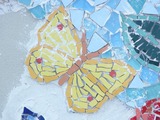
Butterfly adaptations are linked to Greek and Roman mosaics.
Free C&C resources include in-class lesson plans, plug-n-play slides, learning videos, visual aids, and a professional development course for teachers. They were developed on a nonprofit basis with input from independent educators, academic copyright experts, and online civil liberties advocates.
These materials aim to provide accessible and practical information about copyright – its protections, its limitations, and its role in encouraging creativity. Rather than just emphasizing what copyright prohibits, the goal here is to offer useful and positive information about what copyright allows and how students can successfully navigate and rely on copyright in their own roles as creators.

Calming and refocusing techniques increase oxygen and blood flow in the body which can lessen fatigue, increase focus, reduce stress and anxiety, and help to manage strong feelings.
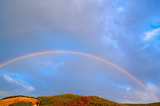
This science and math lesson uses coated candy and water to create a rainbow on a plate. It takes a popular internet activity and modifies it for the classroom. It's extended by having students hypothesize if other temperatures of water will work and if different colors of the candies run faster than others. It also meets the math SOLs because students can calculate the cost of the experiment and/or create graphs of the results of the experiments. You could extend this activity into art or English writing by having students draw their rainbows or write about what they saw happening on the plate as a report writing. You could have them take it a step further and do a creative writing about what they think is at the other end of the rainbow.
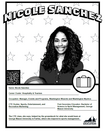
Checkout these trading cards featuring VA graduates thriving in their new careers. Disseminate one card a month for students to color and explore (there is a video accessible via QR code on each), incorporate them into your career exploration lessons, create a bulletin board, or share with teachers for possible alignment with their curriculum, shrink so they are pocket size and encourage students to collect or trade their cards! There are so many ways to incorporate this ready to use resources into your program- we can’t wait to see the many creative uses school counselors come up with.
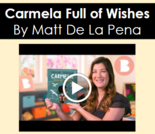
Literacy Objective: Students will use story elements to retell the story sequentially. Science Objective: Students will be able to identify different parts of a plant. Art Objective: Students will use materials in a new way to create texture in a work of art.

In this activity, students will learn to identify the 7 continents by name and location through song activity blending active learning. Students will learn facts pertaining to each continent and practice syllable breaking strategies.

Students will understand digital citizenship and the role they play as digital citizens.
Checkology is a free e-learning platform with engaging, authoritative lessons on subjects like news media bias, misinformation, conspiratorial thinking and more.
Learners develop the ability to identify credible information, seek out reliable sources and apply critical thinking skills to separate fact-based content from falsehoods.
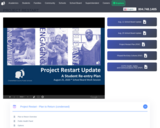
Information for parents, community, students, and staff

This presentation focuses on the hows and whys of using Choice Board and Hyperdocs. It is about 54 minutes long and the accompanying slide deck is included.
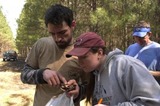
Citizen science is known as the collection and analysis of data relating to the natural world by members of the public. Those participating in citizen science projects and activities are not professional scientists; rather, this collaborative research is done by everyday people in a wide variety of settings around the world to help answer questions that scientists can’t answer by themselves. Whether participating in bird counts, water sampling, frog watches, butterfly monitoring, plant data, or other projects, anyone can find a fun and meaningful way to contribute to the scientific community, often providing valid insights into the natural world. For more information and classroom activities, please visit The Wildlife Center of Virginia and VPM UNTAMED websites

Students will learn about the importance of participating in the voting process through a read aloud and participating in a classroom voting experience.